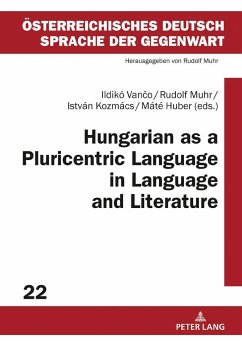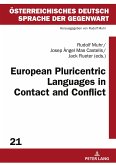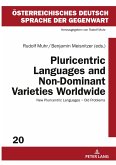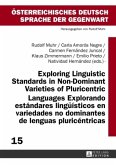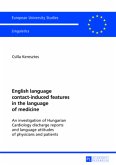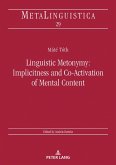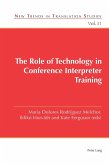This book comprises 19 chapters that deal with Hungarian as a pluricentric language in language and literature. It is the first comprehensive publication of its kind and It contains works on both the linguistic and literary aspects of the pluricentricity of the Hungarian language. The authors come from five countries: Hungary, Romania, Slovakia, Slovenia and Ukraine. They give an overview of the pluricentricity of Hungarian, its identity function and the many effects of the pluricentricity in terminology, toponyms and family names as well as about problems in language education. The pluricentricity of literary language and language contact is described in detail. This book is the ninth volume published by the "International Working Group on non-dominant varie-ties of pluricentric languages."
Bitte wählen Sie Ihr Anliegen aus.
Rechnungen
Retourenschein anfordern
Bestellstatus
Storno

